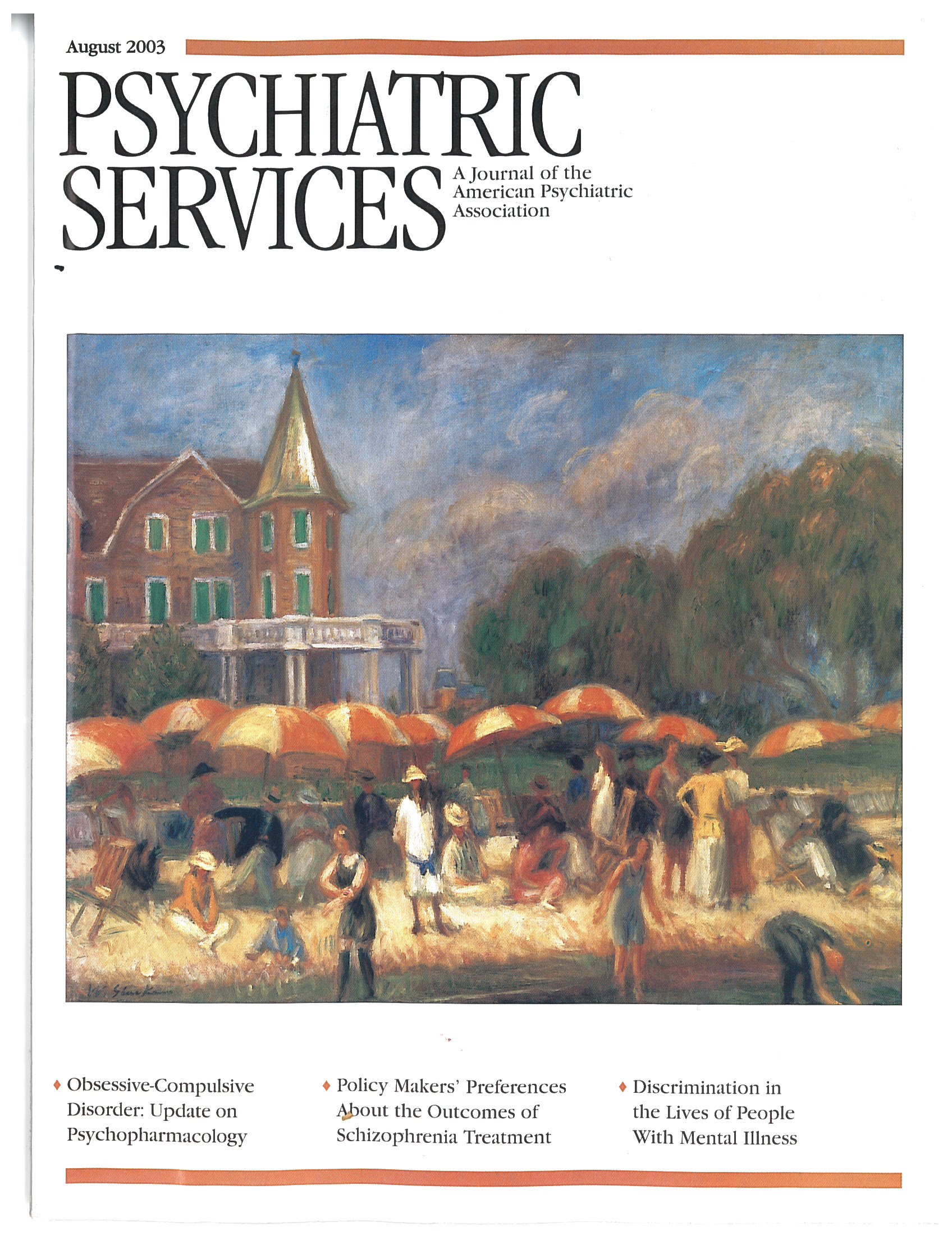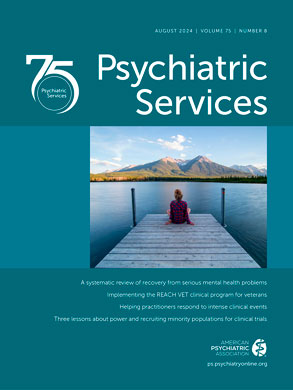The title of this highly readable volume belies its broad appeal. Only one of its eight chapters—the chapter devoted to assessment using the Minnesota Multiphasic Personality Inventory, the Millon Clinical Multiaxial Inventory, and the Rorschach—might be seen as restricted in its utility. Psychiatrists, social workers, psychiatric nurses, and members of any discipline that contributes to mental health services in correctional settings will find much useful information in A Handbook for Correctional Psychologists: Guidance for the Prison Practitioner, conveyed in a conversational style. Subject and author indexes, a reference list, and a detailed table of contents that lists sections within chapters render the book easy to use as a quick guide.
The impetus for the book was the author's desire to describe correctional mental health to prospective recruits. His two stated purposes—to counter common misbeliefs about working in prisons and to provide a basic resource for professionals who work in corrections—have been achieved. Correia points out that corrections is a growth industry and that mental health professionals, just like general medical staff, are in demand.
The book's title gives an indication of an important caveat. The descriptions and recommendations are derived from Correia's many years of experience in the Federal Bureau of Prisons—the book might have been titled "One Psychologist's Life in the Bureau of Prisons." The dominance of psychology is one of many significant differences between federal and state correctional systems. Those differences are not made explicit in the book. Readers who are not familiar with the wide range of variability found in corrections run the risk of overgeneralizing to settings in which the book may not apply. (According to the Bureau of Justice Statistics, at the end of 2001 the total number of prisoners in adult correctional facilities was 1,406,031. Only 156,993 were in federal custody, whereas 1,249,038 were in state prisons. Mental health providers are therefore more likely to work in either jails or state prisons [
1].)
Most state correctional systems do not organize their mental health services in the same way that the Bureau of Prisons does. Yet some of the recommendations in this book rest on practices that are unique to that setting. The mixed mission of psychology in the Bureau of Prisons, which extends well beyond providing services to inmates, is atypical. Mental health professionals do not usually provide employee assistance programs to custodial staff. Nor are they trained as corrections officers and occasionally deployed in custodial roles, as occurs in the Bureau of Prisons. Furthermore, a section in the book about confidentiality does not comport with widely accepted guidelines, standards, and professional practices.
One excellent recommendation Correia makes is that the best way to learn about a correctional institution is to walk around in it. Not only do the closed perimeters of prisons render them secret societies in the eyes of the outside world; inside, most prisons are worlds within worlds. Even if entry is granted, considerable effort may be required to visit those worlds. Overcoming physical barriers, such as a series of locked gates or large geographic distances, can be costly in terms of time and convenience. Social barriers may be even more formidable. Mental health professionals are accustomed to working in teams located in clinics or offices. Venturing alone down long, locked corridors that lead to cell blocks, dormitories, or yards where hundreds of inmates may be supervised by a handful of officers does not come naturally to many civilians. Being the only mental health professional among scores of uniformed personnel requires that social constraints be broken down but is likely to be rewarded by valuable observations and much situational learning.
One of the most intellectually stimulating aspects of working in corrections is the variety of experiences that will be encountered. The primary mission of all correctional facilities is security and control. Each facility achieves its primary mission differently, as well as its secondary missions, such as food distribution, medical care, recreation, and the maintenance of certain minimally acceptable conditions of confinement. Prisons are like schools in that having a common mission does not bring uniformity. Like schools, prisons each have their own personality and favored methods that develop the force of law. Like those in small towns, the networks of personal and social relationships, particularly among the staff, are deep and of a complex weave.
The effectiveness of mental health services is enhanced, specialized knowledge increases, and professional fulfillment becomes more likely when mental health staff join the community outside the clinic. Entire programs, as well as single-episode interventions, may be compromised or negated if they are not both well designed and integrated into the institution as a whole. Skilled clinicians and medical administrators who understand systems are likely to find corrections a fascinating field.

